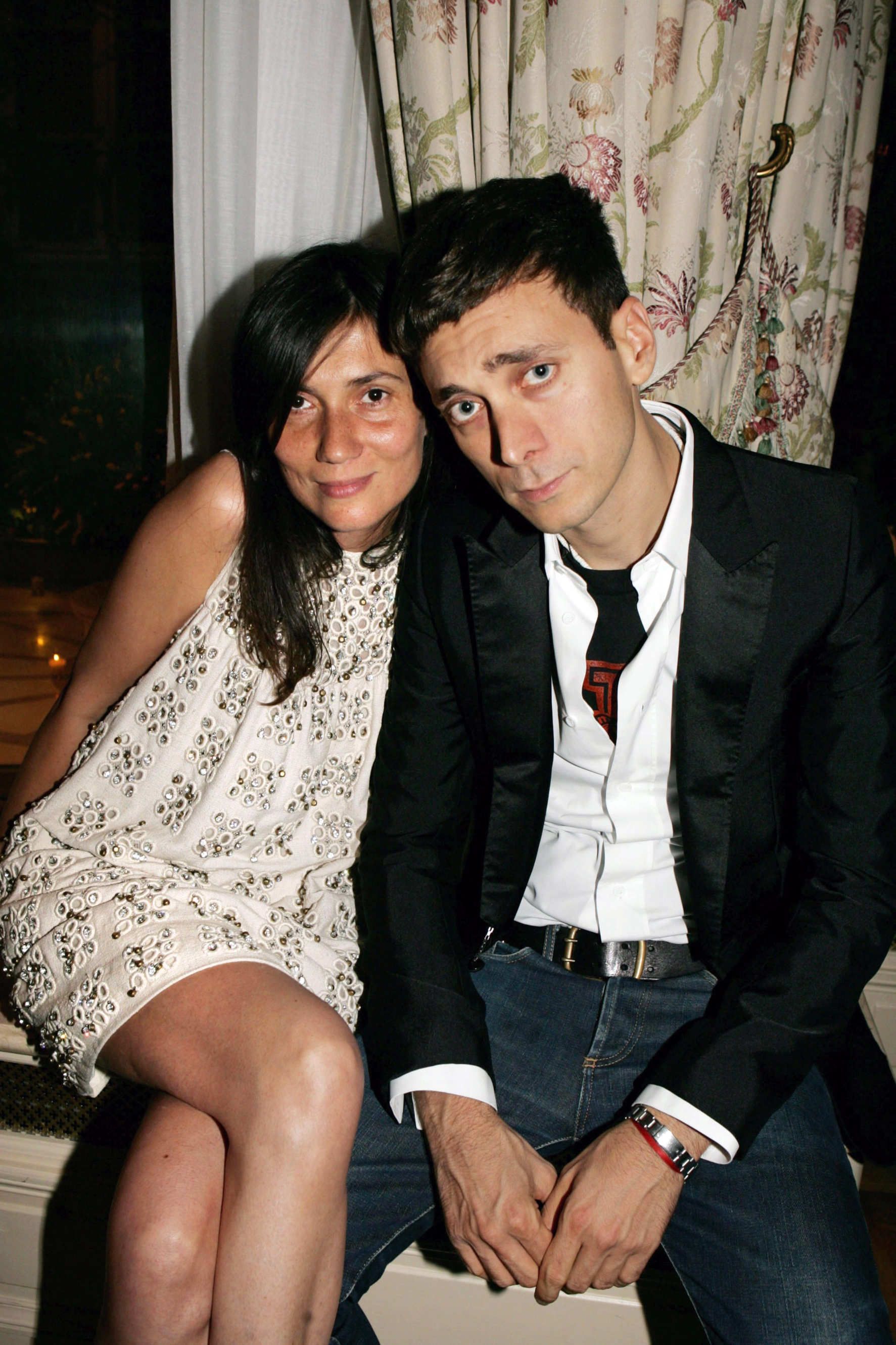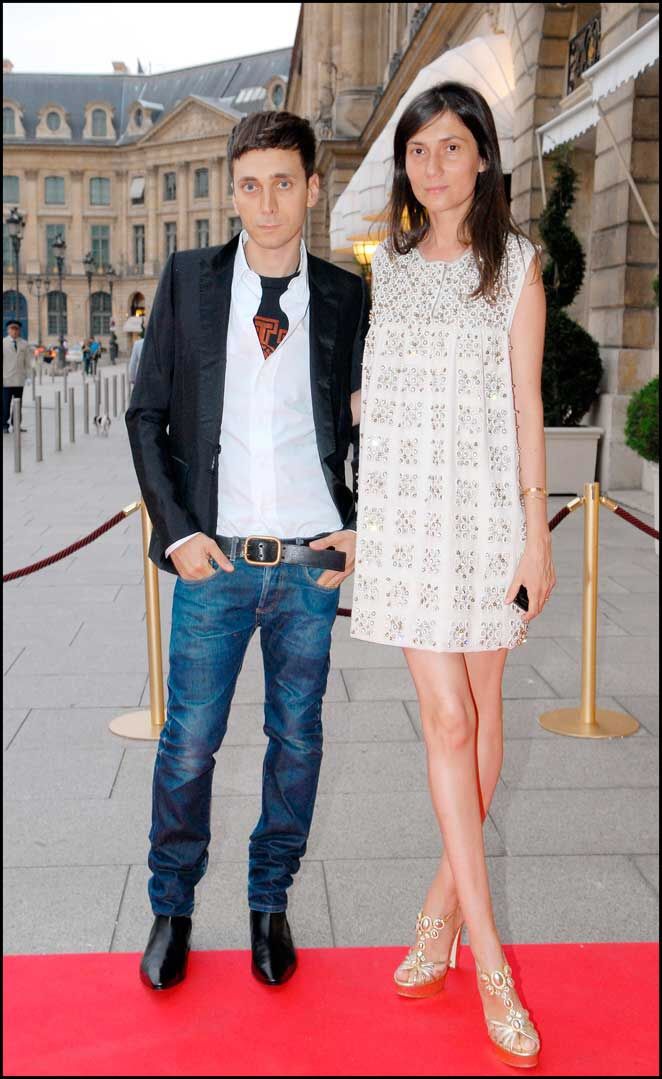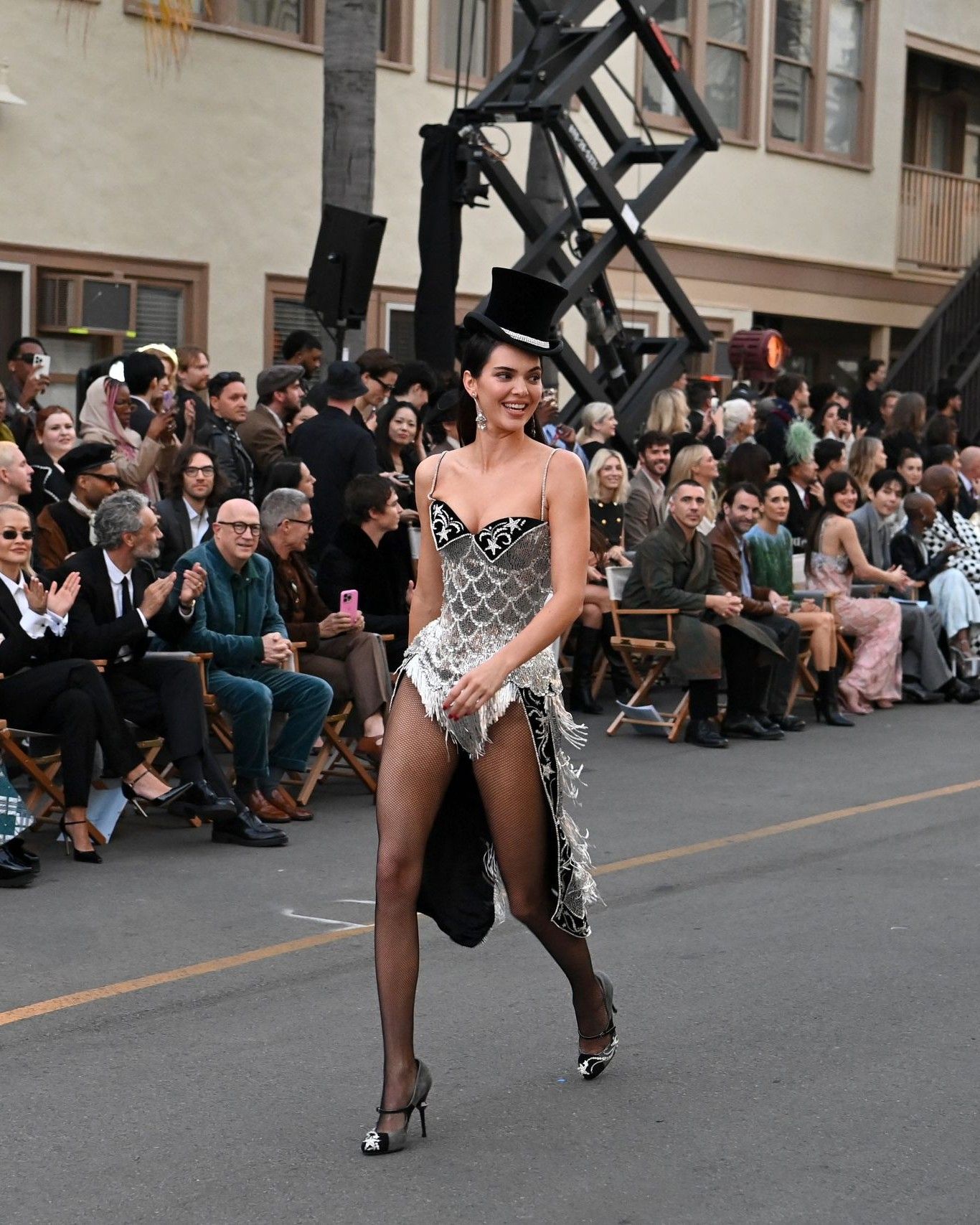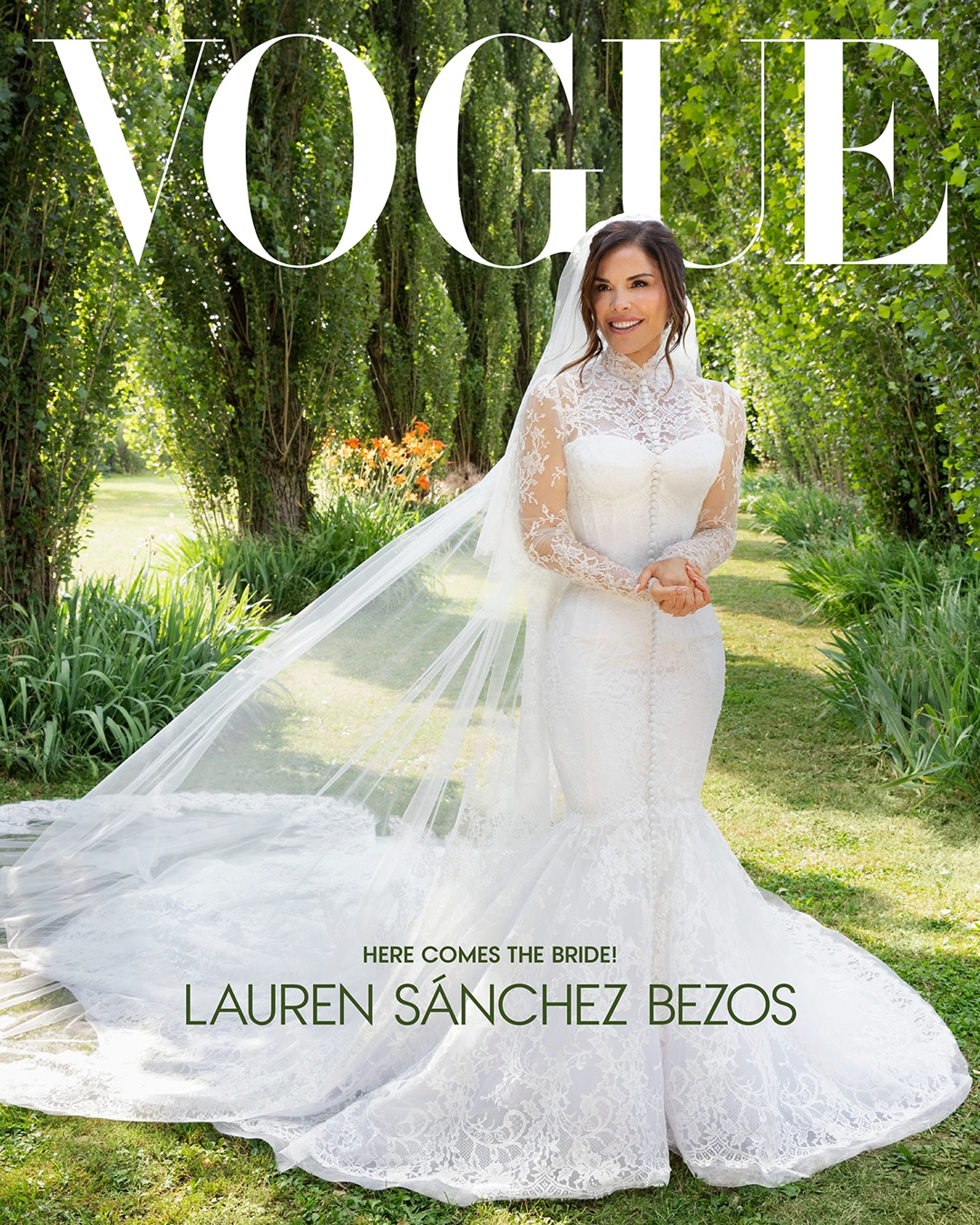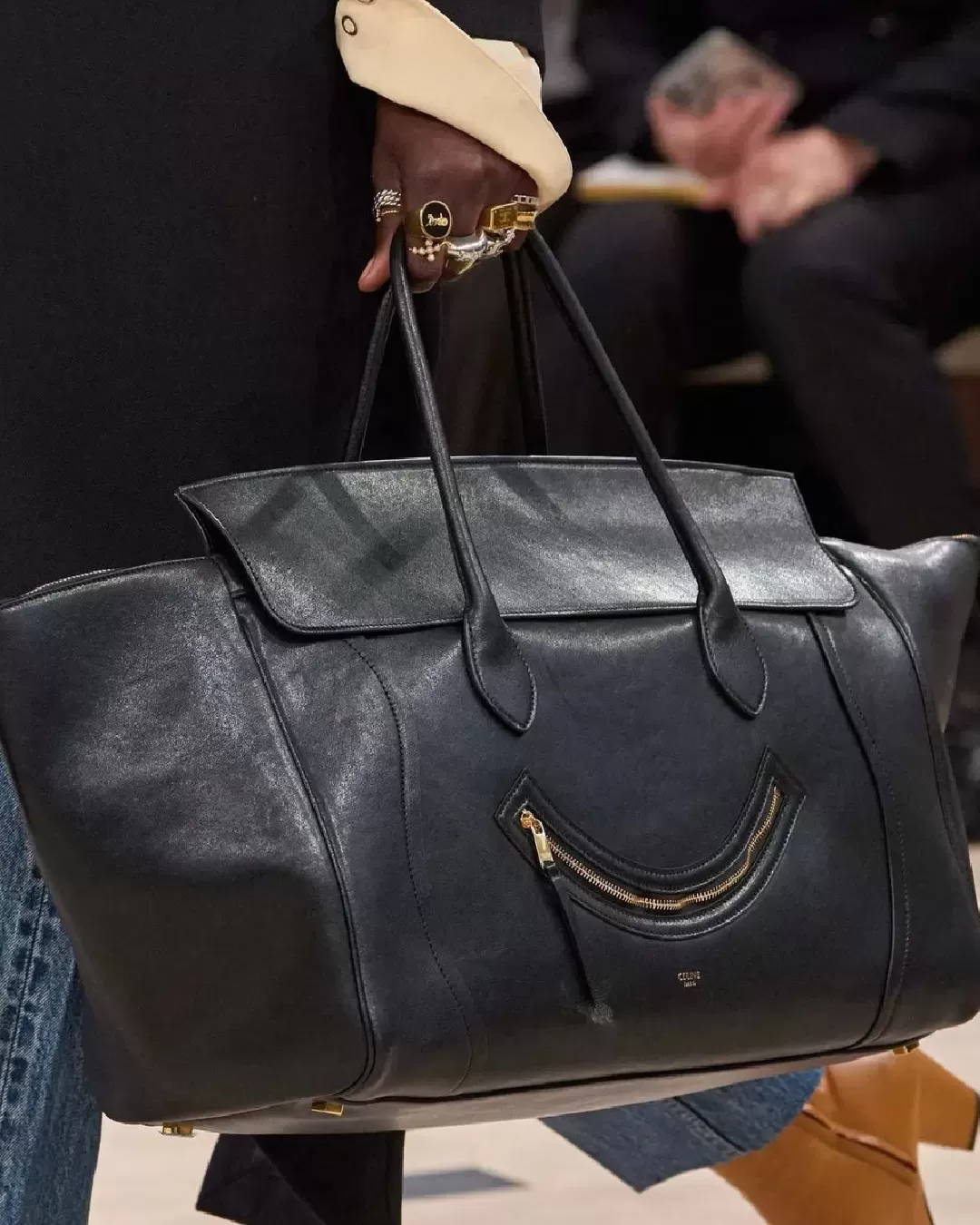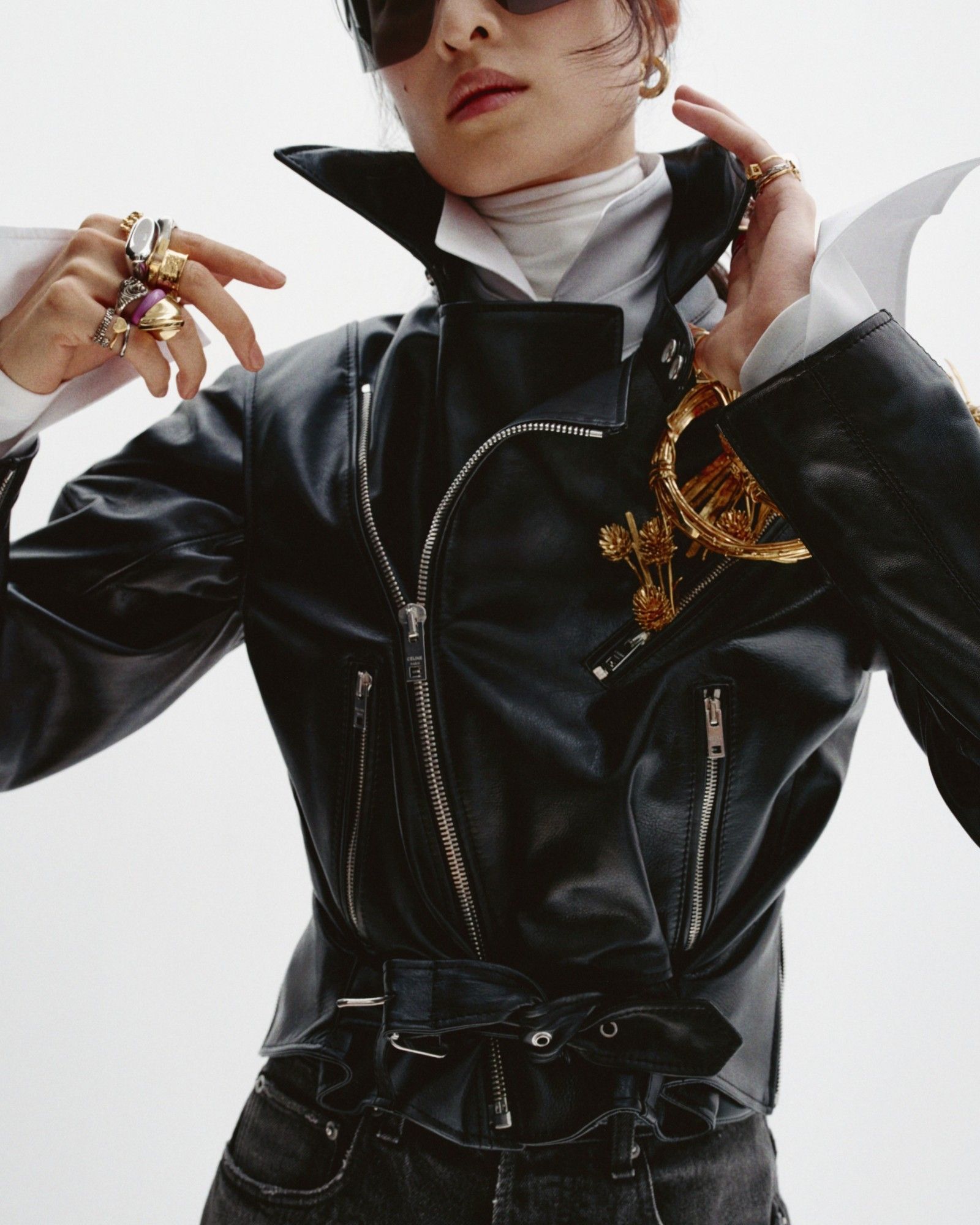
What does the clash between Celine and Vogue mean for fashion publishing When a brand snubs the most famous fashion magazine in the world
Yesterday afternoon, a WWD article revealed an unexpected new beef in the Olympus of fashion: Hedi Slimane vs. Vogue. Apparently, Hedi Slimane would not invite Vogue to cover his SS22 Celine show after Emmanuelle Alt, editor-in-chief of Vogue Paris, left the direction of the magazine that has now been renamed Vogue France. The story quickly took on dramatic dimensions when it became known that Slimane brought his grievances to the desk of Anna Wintour in person – a meeting that would have led to a total embargo against Vogue. Later, Mario Abad, fashion editor of PAPER magazine, published a conversation he had in DM with an anonymous source allegedly inside Vogue who said «I can confirm Condè Nast is blocked from anything Celine […]. Our fashion director told us […] the embargo woudl even go to the point that Condé Nast would not be allowed to mention Celine or his name – I don't know whether this is actually going to be implemented. But the rest is true. He went ballistic. No invitations for shows, no samples, no nothing». The story is part of the broad vein of feuds between Hedi Slimane and fashion personalities: feuds that led him to quarrel with Kanye West, to take Kering to court, to exclude journalist Cathy Horn from the fashion shows for a bad review and to cancel over 100,000 euros of orders from Colette for a satirical t-shirt in 2013. Clashing directly with Vogue, however, has a much more important symbolic value: if Celine can do without Vogue and Condé Nast, it is the relevance of the magazine that is questioned.
There was a period, before Instagram and social media, in which Vogue controlled, with its various editions, all the narrative of fashion – just think of what Franca Sozzani managed to do for Made in Italy from the pages of her magazine. To the point that the magazine, as a whole, represented a center of gravity for the luxury industry: the brands were dependent on the magazine for the dissemination of their campaigns, for interviews, to showcase their creations in editorials signed by the best photographers in the world with the styling of legends such as Grace Coddington or Carine Roitfeld. A whole system that had a great limit in its closure to the world and to external talent, as well as to the new generations, and that ended up under accusation for lack of diversity – but above all it has lost the relevance it once had with regard to that link between cultural weight and commercial importance with the rise of new media. Today, if Celine publishes its campaign or the looks of its show, it will be the audience of Instagram and TikTok to spread them everywhere, to review them, to repost them, to talk about them. And even if social media didn't have the power it does, there would still be a bevy of independent magazines that over the years have earned the industry's esteem and can take care of the coverage of the collection as well as Vogue.
To the change in power dynamics in the field of fashion communication & PR, we also add the controversial process of centralization of power implemented by Condé Nast within the Vogue universe – a process that has been defined as "streamlining" by the publisher, and which has seen the various national editions of the magazine lose autonomy towards more centralized editorial offices controlled from above by Wintour itself, who is Chief Content Officer of all Condé Nast magazines, and of Edward Enninful, who from editor-in-chief of British Vogue became European Editorial Director. The move was not much loved, both because it led to a diaspora of creatives and talents who had been working at Vogue for years, and because it led to a loss of specificity of the individual national editions, all with a very different aesthetic and storytelling. A move that basically concentrated the editorial power of the magazines in the hands of the executives of Condè Nast to the detriment of the individual national realities and the journalists who worked within them but which also took away incisiveness and importance to the magazine whose support, apparently, a brand like Celine, and who knows what else, can safely do without.
















































